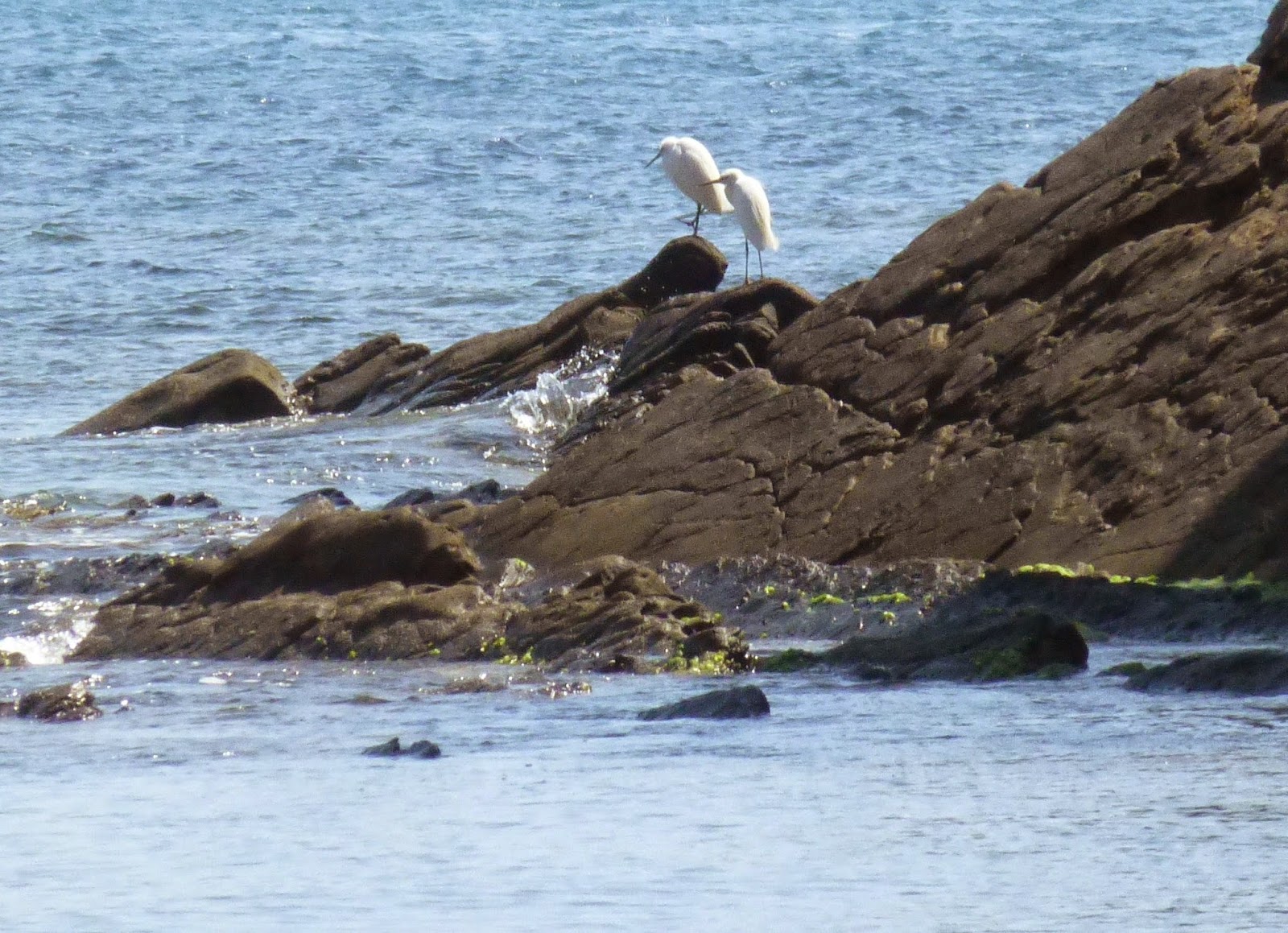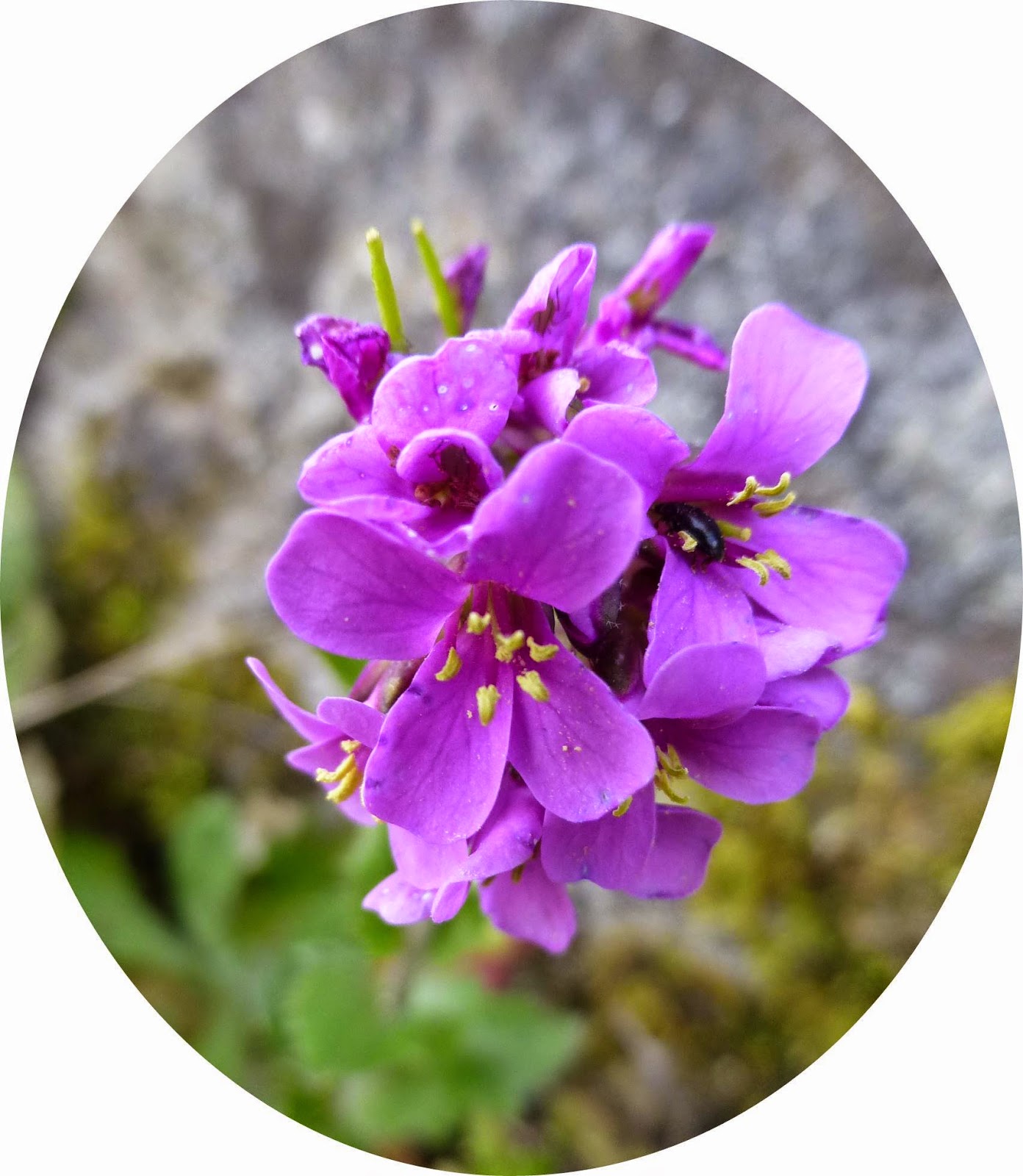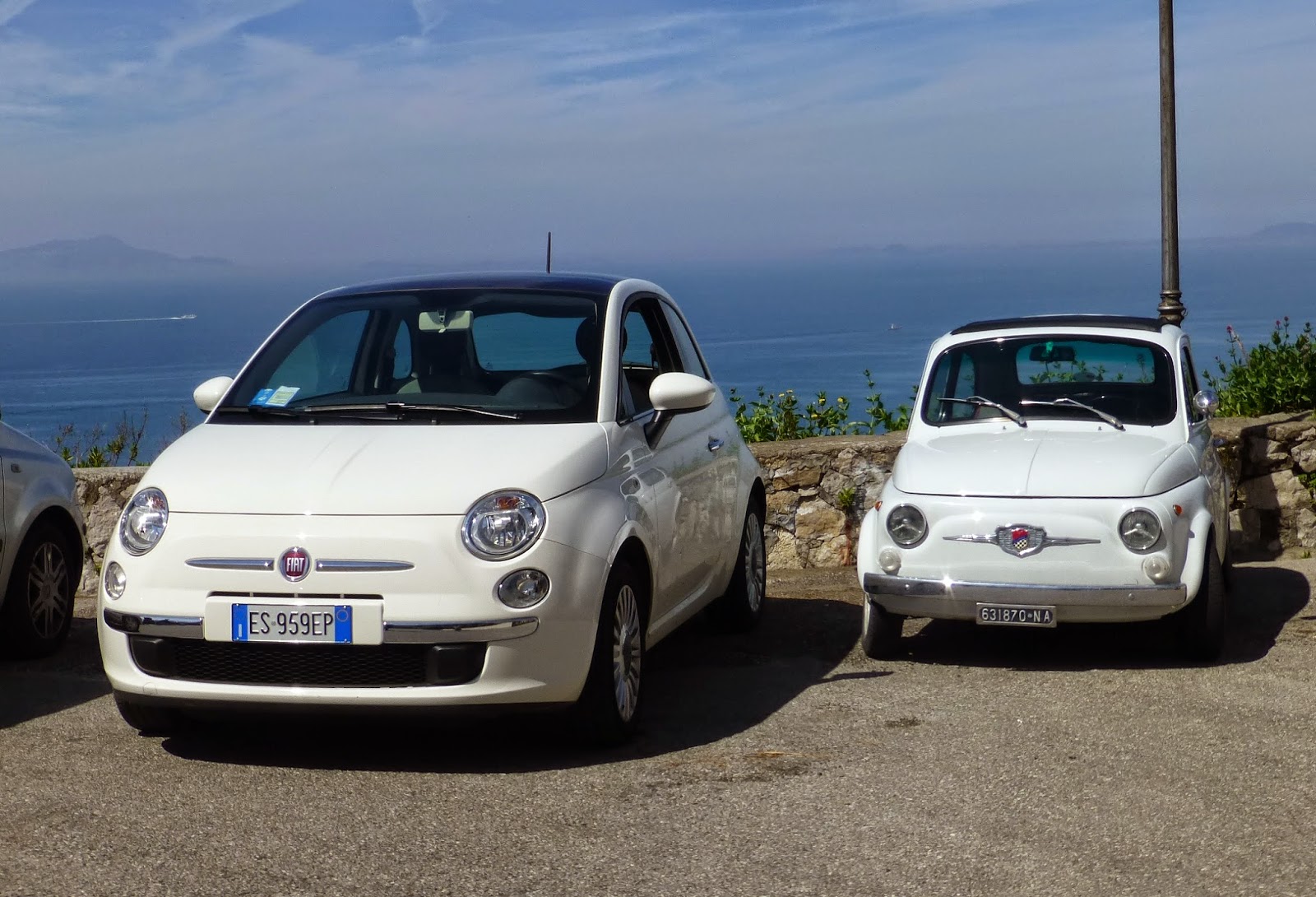Introducing Cilento National Park
I knew about Vesuvius and Pompeii, I'd heard about Sorrento, I'd heard stories about the Amalfi coast. But while researching for the holiday I saw a photograph of a place called Paestum that looked interesting, and found that it is near a National Park called Cilento. So we went there.
Cilento is a large area of Italy about the size of Kent, which seems not to have seen fertilisers, weedkillers or pesticides, and its rolling landscapes are constantly beautiful. There's always something interesting on the verges and the birdlife seems healthier than elsewhere in country.
The park has an offshoot of the Appenine mountains that fall into the sea, but with an Alpine feel. The cattle have bells around their necks, an unusual contrast to the cattle egrets that attend them.
We stayed in a B&B overlooking the town of Agropoli, with views to the mountains and the sea - serenaded by serins and a blue rock thrush, and at night the scops owls called their unimaginative two-tone notes.
And just like our hotel on Vesuvius, we discovered that the best habitat was just up the road.
 These daisies at the side of the lane above the house showed that there was something interesting here, and soon enough we found naked man orchids (orchis italica) , early spider orchids, gladioli and tongue orchids in a splendid area that was not matched anywhere else.
These daisies at the side of the lane above the house showed that there was something interesting here, and soon enough we found naked man orchids (orchis italica) , early spider orchids, gladioli and tongue orchids in a splendid area that was not matched anywhere else.
I'm a happy naked man.......
....and I'm a happy early spider (you can't help being anthropomorphic with them)
There weren't many butterflies around, but the brimstones kept us entertained with their similarity to cleopatras. I eventually gave up.
Cilento is half-surrounded by sea, and it's a popular area for Italian holiday-makers in summer, but out of season we were the only ones at this lovely bay. The sea was warm enough too. We saw no Brits for a week, and spoke little English - our command of Italian was tested to the full but it was all done with a smile and a laugh.
Oi! Tell them about Paestum - that's why you're there isn't it?
Oh yes, Paestum - the best preserved Greek temples in the world (even better than in Greece) on a mile-square site that was a town called Poseidium. There are three temples, an amphitheatre, a theatre, baths, houses and paved streets, and at that time of the year few tourists.
The strimming year had only just started so the site was verdant, with swathes of annual asphodel, and plenty of things that like walls - pellitory-of-the-wall, wall butterflies and of course Italian wall lizards everywhere.
Ooh look, the new photo-editing software can crop like this...... wheeeee!
Fianlly, with the holiday drawing to a close, we returned to the slopes of Vesuvius where more orchids had flowered on the lava flows. A lovely trip, meeting friendly people, eating and drinking well, and with plenty of beauty left to see on future trips.

































































